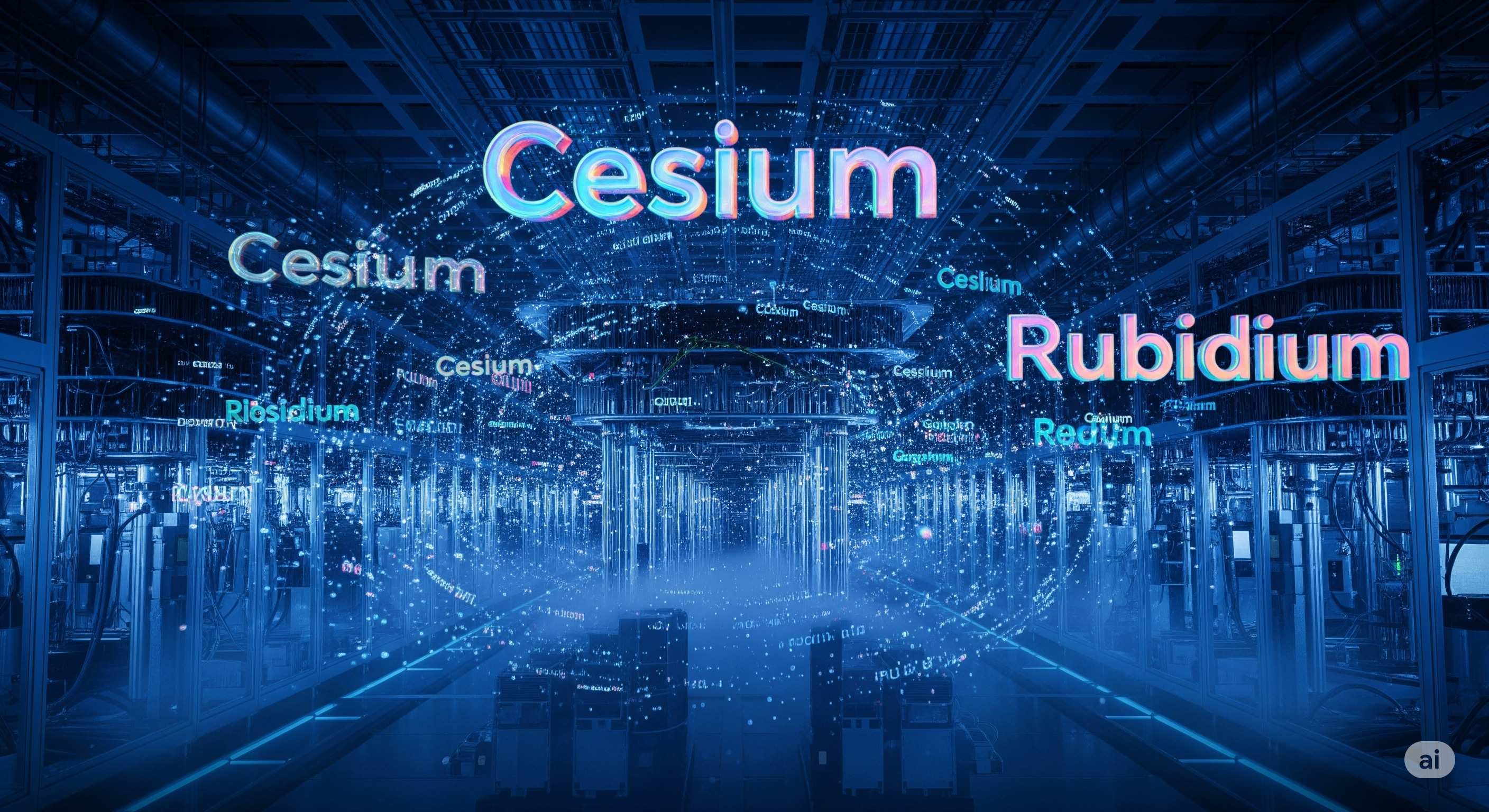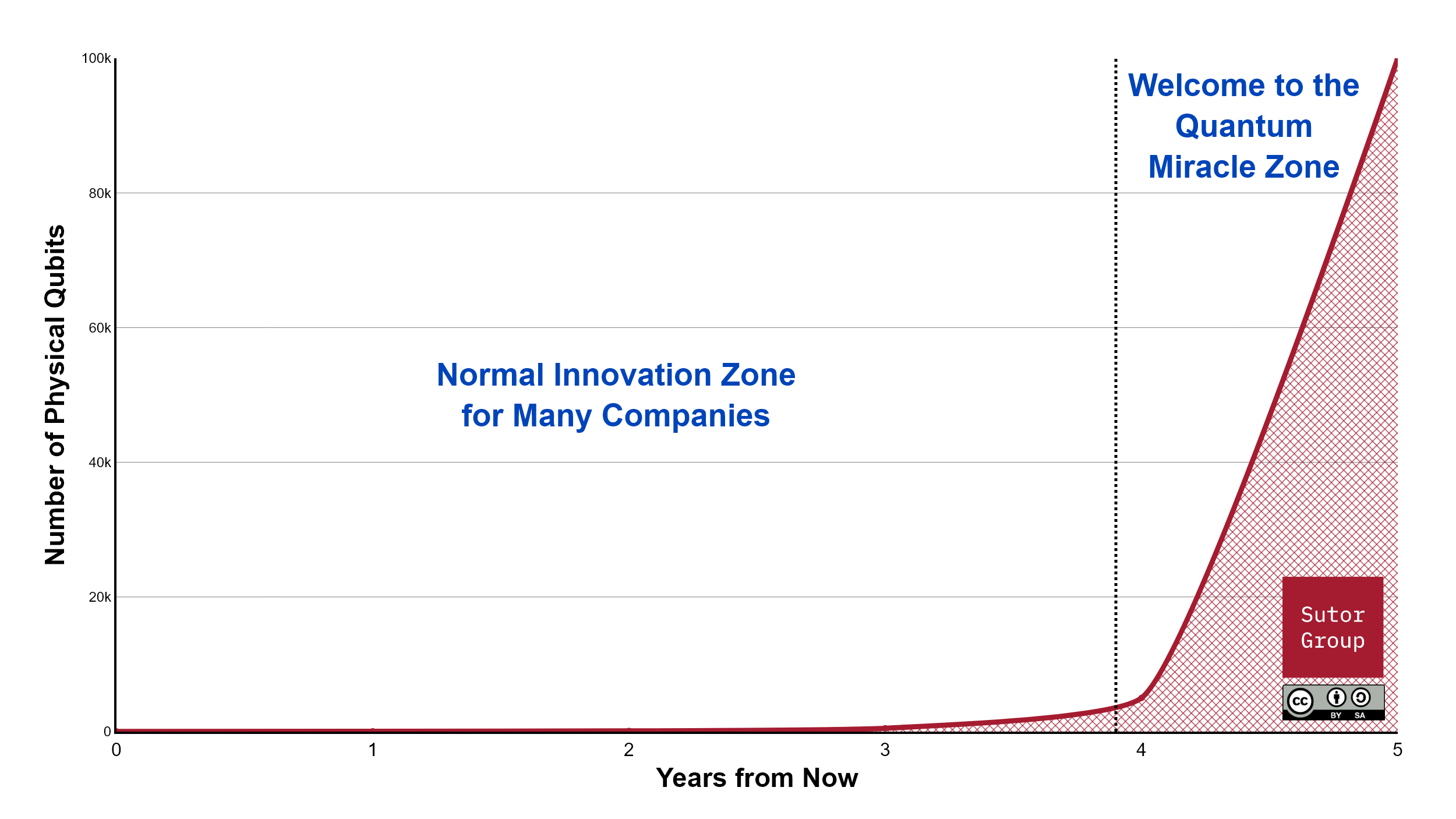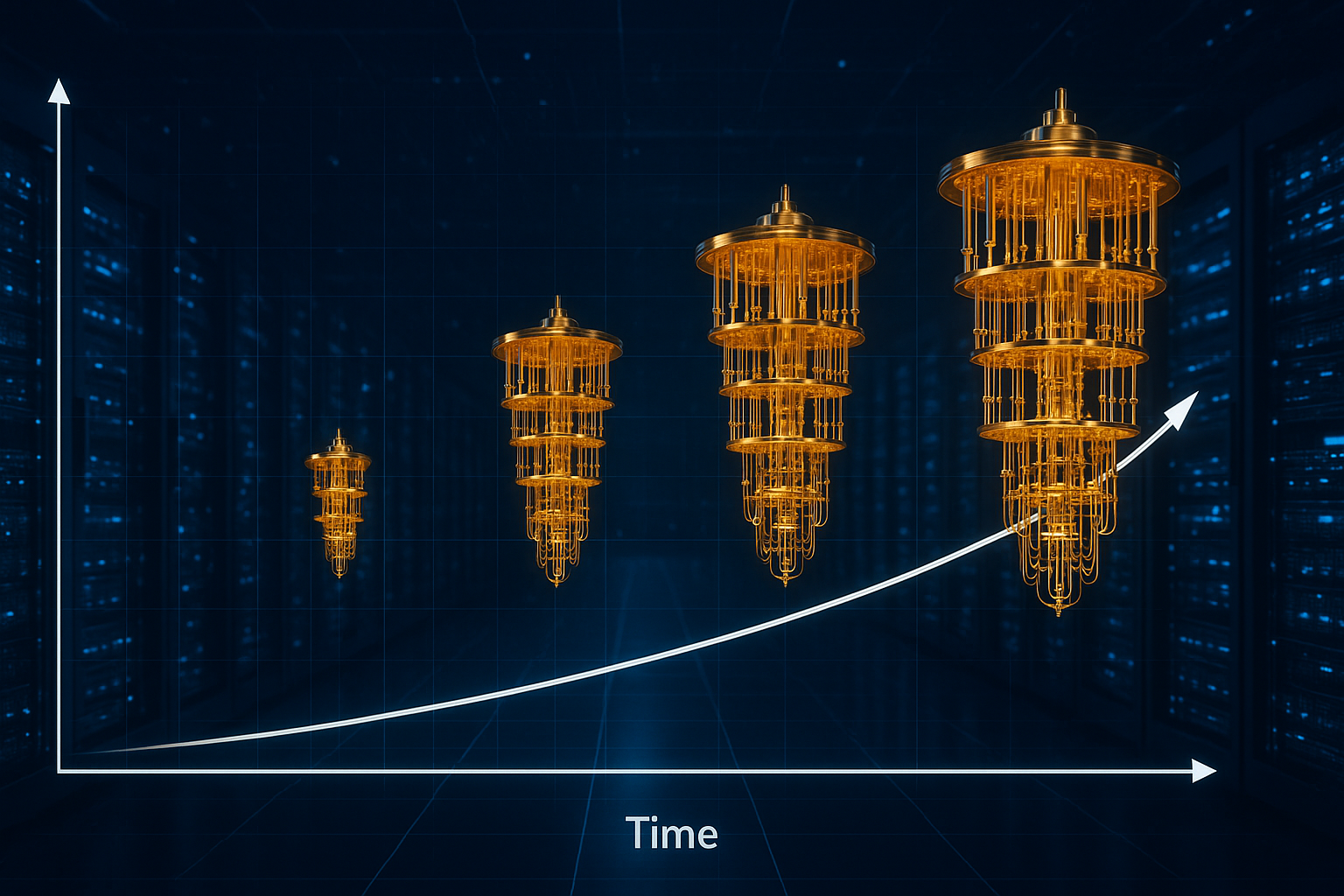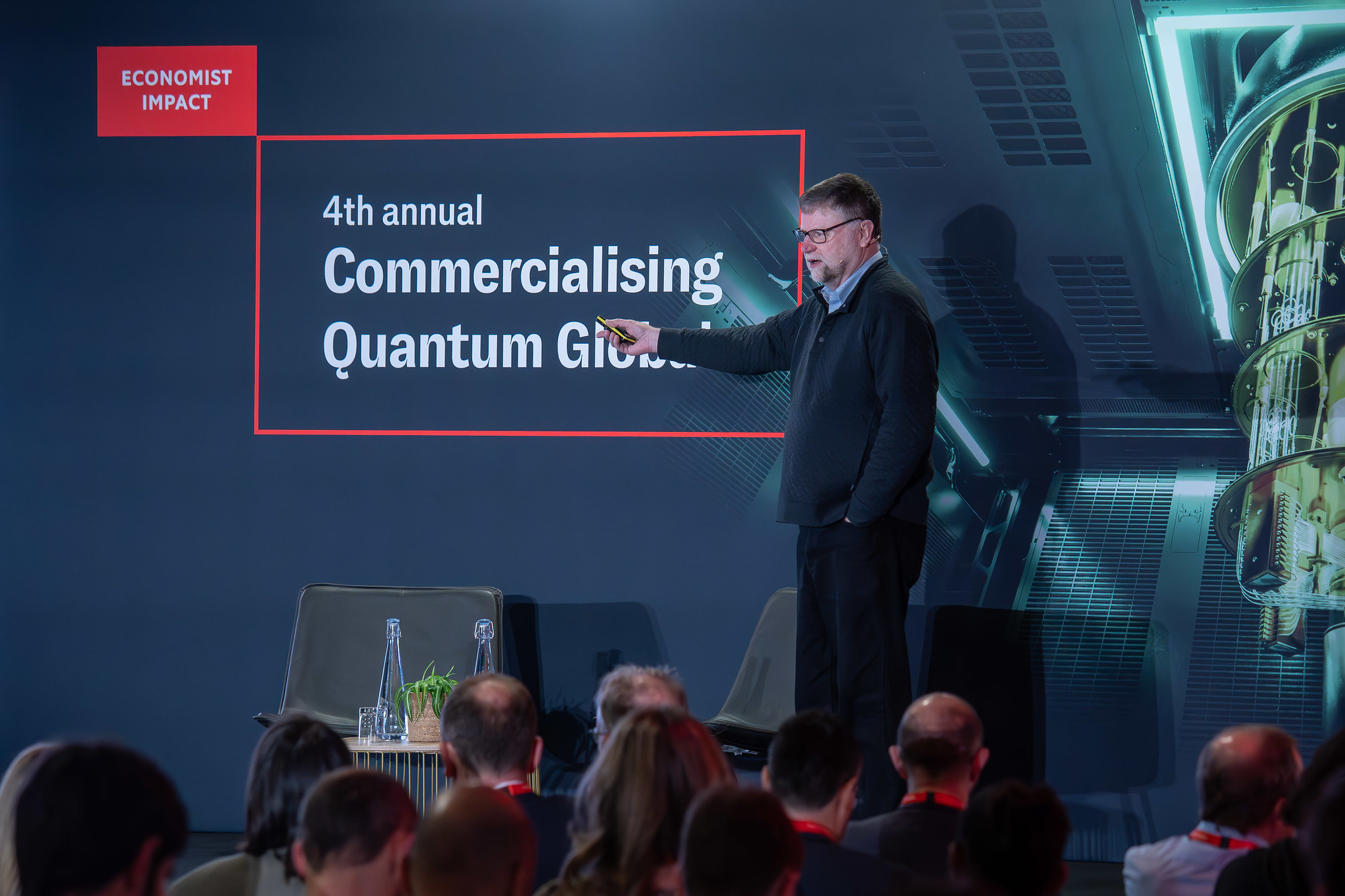A selection of the most important recent news, articles, and papers about Quantum.
General News, Articles, and Analyses
1. Quantum Computing Jobs The Careers Of The Future
https://quantumzeitgeist.com/quantum-computing-jobs-the-careers-of-the-future/
(Tuesday, August 27, 2024) “Quantum computing is a rapidly evolving field that has gained significant attention in recent years due to its potential to revolutionize various industries such as finance, healthcare, and energy. As the demand for skilled professionals in this field continues to grow, companies are investing heavily in quantum research and development, leading to an increase in job opportunities.”
2. Quantum Brilliance Announces Strategic Collaboration with Oak Ridge National Laboratory — Quantum Brilliance
(Wednesday, September 4, 2024) “CANBERRA, AUSTRALIA – Quantum Brilliance (QB), a global leader in diamond-based quantum technology, today announced a strategic collaboration with Oak Ridge National Laboratory (ORNL) to build a joint platform that enables collaborative development of quantum computing with high-performance”
3. Qiskit Serverless sets the stage for Qiskit Functions | IBM Quantum Computing Blog
https://www.ibm.com/quantum/blog/qiskit-serverless
Authors: Kaelyn Ferris; Sanket Panda; and Robert Davis
(Wednesday, September 4, 2024) “With Qiskit Serverless, users can build, deploy, and run workloads remotely using the compute resources of the IBM Quantum platform.”
4. Guest Post — The U.S. Quantum Initiative Act: Time for an Update in a Rapidly Evolving Quantum Landscape
Authors: Matt Cimaglia and Paul Stimers
(Thursday, September 5, 2024) “The NQIA was the first of its kind, acknowledging the strategic importance of quantum technology. Its primary objectives included establishing a unified federal quantum research strategy, creating research centers and educational programs, and fostering public-private partnerships. The act allocated more than $1.2 billion in funding over five years—a sum that seemed substantial at the time.”
5. Department of Commerce Implements Controls on Quantum Computing and Other Advanced Technologies Alongside International Partners | Bureau of Industry and Security
(Thursday, September 5, 2024) “The U.S. Commerce Department’s Bureau of Industry and Security (BIS) published an interim final rule (IFR) today implementing controls on critical and emerging technologies that have reached broad technical agreement among our international partners. This IFR includes controls related to quantum computing, semiconductor manufacturing, and other advanced technologies. Today’s action strengthens our international relationships with like-minded countries and ensures that U.S. export controls keep pace with rapidly advancing technologies that pose serious threats to our national security when in the wrong hands.”
6. What to Know About the Quantum Network Buried Under New York City
https://gizmodo.com/what-to-know-about-the-quantum-network-buried-under-new-york-city-2000490947
Author: Isaac Schultz
(Thursday, September 5, 2024) “Despite its shutdown after just 15 days, the ephemeral network carries significant implications for cybersecurity and future quantum applications.”
7. Quantum @ ORNL | Oak Ridge National Laboratory
“By hosting a multidisciplinary team of world-renowned researchers, ORNL is empowering scientists to pursue quantum innovation via theoretical and experimental research efforts, from designing and deploying secure, next-generation networks to developing more precise sensors. Through the lab’s broad quantum expertise and the establishment of DOE’s Quantum Science Center, ORNL is enabling the quantum future and building the diverse quantum workforce of tomorrow.”
Technical Papers, Articles, and Preprints
1. Quantum Subroutine for Efficient Matrix Multiplication
https://ieeexplore.ieee.org/document/10639400
Authors: Anna Bernasconi; Alessandro Berti; Gianna Maria del Corso; and Alessandro Poggiali
(Monday, August 19, 2024) “We propose an efficient quantum subroutine for matrix multiplication that computes a state vector encoding the entries of the product of two matrices in superposition. The subroutine exploits efficient state preparation techniques and shows a potential speed-up with respect to classical methods. The most important benefit of our subroutine is that it encodes the entries of the matrix product directly in the state vector, which can be used for further computations within the same quantum circuit. All scenarios involving the computation of non-homomorphic functions of the product of two matrices can benefit from our technique. As a possible application, we discuss the computation of the variance of the entries of a matrix product, which can be a useful tool for some machine learning algorithms.”
2. [2409.02063] Comparison of Superconducting NISQ Architectures
https://arxiv.org/abs/2409.02063
Authors: Rempfer, Benjamin and Obenland, Kevin
(Tuesday, September 3, 2024) “Advances in quantum hardware have begun the noisy intermediate-scale quantum (NISQ) computing era. A pressing question is: what architectures are best suited to take advantage of this new regime of quantum machines? We study various superconducting architectures including Google’s Sycamore, IBM‘s Heavy-Hex, Rigetti‘s Aspen, and Ankaa in addition to a proposed architecture we call bus next-nearest neighbor (busNNN). We evaluate these architectures using benchmarks based on the quantum approximate optimization algorithm (QAOA) which can solve certain quadratic unconstrained binary optimization (QUBO) problems. We also study compilation tools that target these architectures, which use either general heuristic or deterministic methods to map circuits onto a target topology defined by an architecture.”




